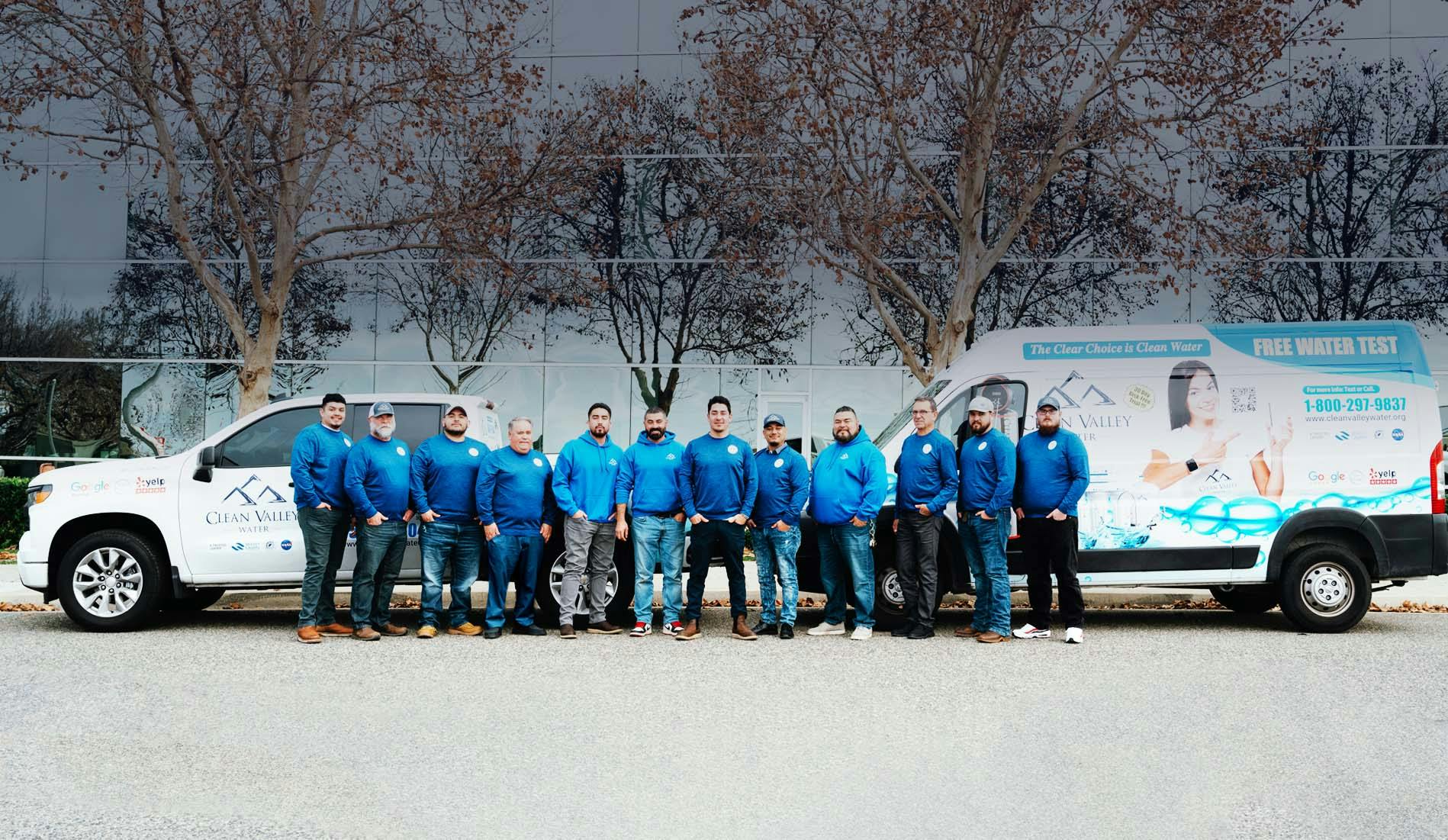Brewery Water Purification Systems

Commercial Brewery RO Filter Systems
California Breweries make some of the greatest and Hoppiest brews in the US. We are dedicated to serving the Brewers of California to help them make the best quality product that they can. To do this we build the exact system that will meet your needs and keep the environment clean with the smallest footprint possible. Environmentally Friendly Brewery Filtration Processes
Breweries in general use a lot of product to manufacture the batches that they bottle, ship and tap. This product inevitably turns into waste, and a lot of it. Water waste is one of the these byproducts. The water waste that is created from the whole brewing process.
A few of the main concerns are the CIP water, sugar from the barley and the yeast that creates alcohol. You can see that these are a few things that shouldn’t be in our water and cost a lot to clean. With our system, waste water discharge is kept at a minimum and well below the guidelines set by the Clean Water Act of 1972.
Generally speaking, brewery wastewater has a few common characteristics:
High in sugar High in alcohol Potentially high in solids High temperature Low pH
Together, the sugar and the alcohol create high BOD: biochemical oxygen demand. I won’t bore you with a lot of detail about what BOD is, but think of it as food, or nutrients. These nutrients need to be consumed by bacteria in a wastewater treatment plant before discharge to your local body of water. High BOD wastewater creates more work in the wastewater treatment plant. The primary way this extra work shows up is in the electric bill. Wastewater is treated aerobically in most municipal treatment plants. Large blowers are used to aerate the water, providing oxygen to the bacteria to consume all of those nutrients. More nutrients = more aeration = more money.
Solids are also a problem at a wastewater plant, they don’t magically disappear. Solids usually wind up as sludge in a wastewater plant, which need to be disposed of. Sometimes they’re fed to an anaerobic digester then dried and sold, or their landfilled, or dried in the sun. Solids are a real problem at a wastewater treatment plant.
Brewery wastewater can also be corrosive, both to your equipment and to the City owned pipes and pumps downstream. There are 2 issues going on here, high or low pH wastewater as well as hydrogen sulfide gas. Brewery wastewater is naturally acidic, usually tending to stabilize at pH 4.5 or so. However the wastewater can also be high in pH during CIP cycles in the brewery. The pH will lower as the water sits due to wild yeast and bacterial metabolic activity. Many breweries have discharge limits imposed on them by their municipality in regards to pH. Some will be generous with limits between pH 5.0 to 11.0. Others will be tight, for example 6.0 to 8.0. You might be lucky and have no limits. These limits vary widely state by state and even town by town. Some cities have no enforced pH limits at all.
The other corrosion issue is H2S, hydrogen sulfide gas. In the presence of water vapor the H2S creates sulfuric acid. In time this eats away at concrete, mainly above the water line. The sulfuric acid will also eat away at any mild steel (rebar) it can get to. For this reason I favor plastics and stainless steel for piping and pump materials. For underground tanks and vaults, lined concrete really is really the only way to go. Plastic tanks can be designed for underground use (plastic septic tanks), but they usually have high temperature limits of 120F or so. Your wastewater will approach 200F at certain times. It will. It’ll always be an accident or mistake, but it will happen. A collapsed tank would be very inconvenient. Urethane is a good liner material in the concrete vault.
Solids in the wastewater can be an issue. Solids are fairly easy to address because they can be removed mechanically. A good starting place in screens in the floor drains- with employees trained to dump the screenings in the trash (not back down the drain, duh). Another good starting place is to not put the solids in the drain in the first place. Think lauter tun rinsings, hop back rinsings, trub… More on that subject later.
What are some solutions to these problems? We have high BOD, pH, solids, and corrosion problems. Remember the opening lines to this diatribe, ‘What’s the big deal with brewery wastewater?’
